News

Aug 05, 2021
PlantVillage University Seminar Summary - Dr. James Legg and Cassava Viruses
PSU IBC graduate student fellow Kwadwo Amoah shares some of the research of Dr. James Legg from IITA-Tanzania. Dr. Legg's full lecture on vector-borne diseases of cassava can be viewed on Youtube: https://www.youtube.com/watch?v=zd7S2BLNHro
Full Article
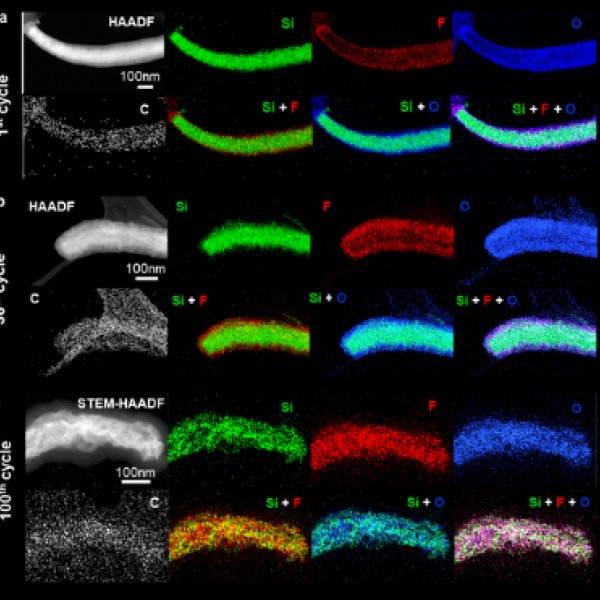
Jul 29, 2021
Novel method of imaging silicon anode degradation may lead to better batteries
A novel method of characterizing the structural and chemical evolution of silicon and a thin layer that governs battery stability may help resolve issues that prevent using silicon for high-capacity batteries, according to a group of researchers.
Full Article
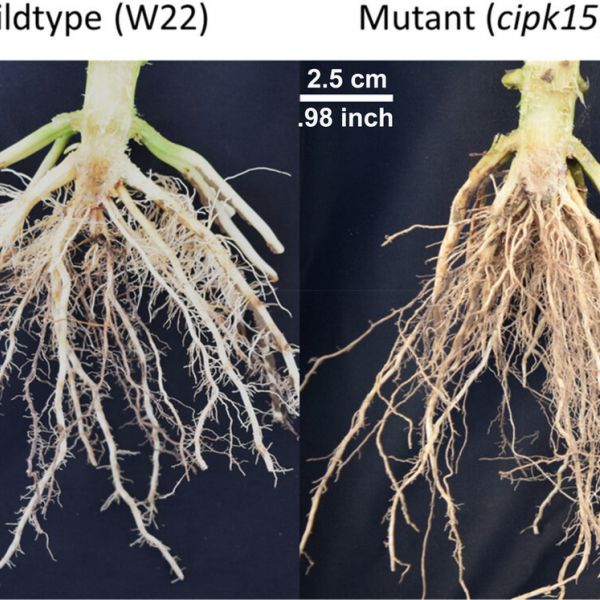
Jul 28, 2021
Researchers identify a gene that regulates the angle of root growth in corn
The discovery of a gene that regulates the angle of root growth in corn is a new tool to enable the breeding of deeper-rooting crops with enhanced ability to take up nitrogen, according to an international team of researchers, led by Penn State.
Full Article
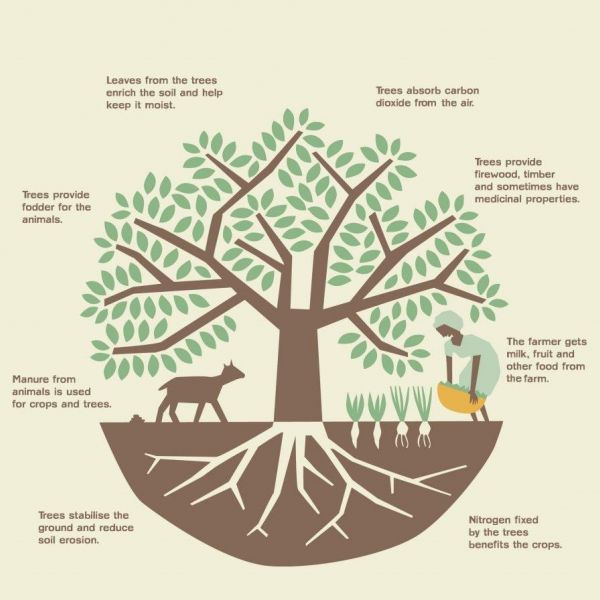
Jul 27, 2021
Agroforestry for Food Security and Climate Change in Africa
PSU IBC graduate student fellow Kwadwo Amoah shares some of the research of Dr. Phokele Maponya from the Agricultural Research Council in Pretoria, South Africa. Dr. Maponya's full lecture on agroforestry practices in Africa can be viewed on Youtube: https://www.youtube.com/watch?v=iEBeUBbCRks
Full Article
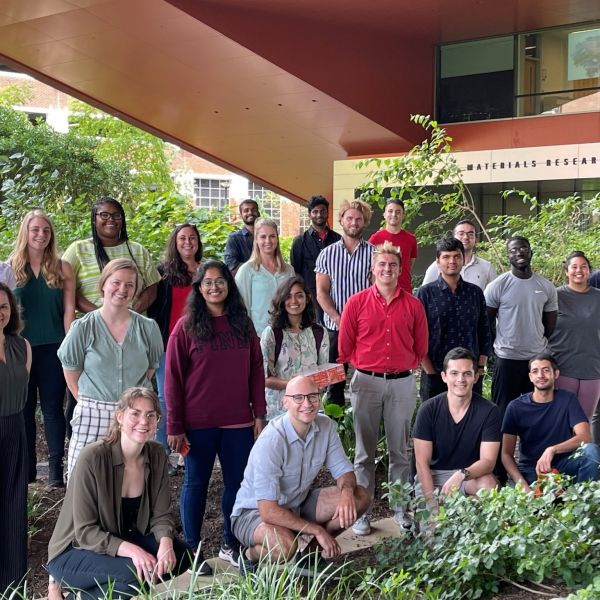
Jul 27, 2021
Business Bootcamp marks restart of in-person graduate training
After 17 months of pandemic-necessitated online instruction, something resembling normalcy returned to the Huck as grad students were exposed to new career opportunities by the July 18-22 Business of Science bootcamp.
Full Article
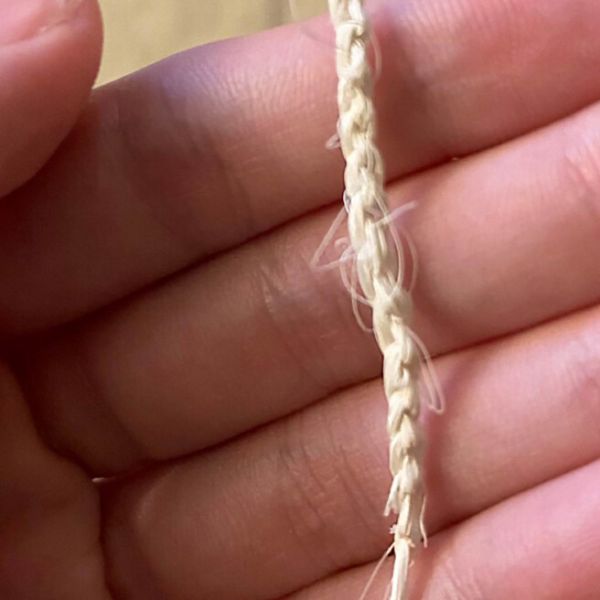
Jul 26, 2021
From waste to wear: How squid may be key to material revolution
With elongated bodies, large eyes and a combination of arms and tentacles, squid appear alien. In reality, they are one of the oldest classes of animals on the planet. Squid evolved during the Jurassic period and now appear in every ocean around the world. Now, nearly two and a half millennia later, squid may be the answer to a modern dilemma — plastic pollution.
Full Article
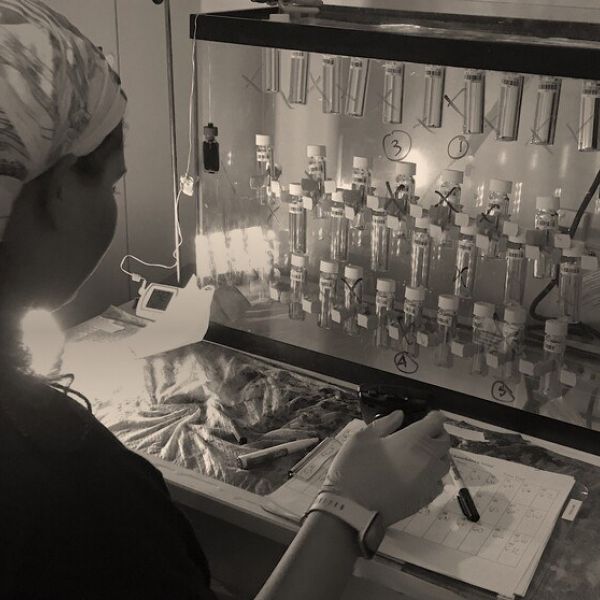
Jul 22, 2021
Global warming may limit spread of dengue fever, new research finds
Infection with dengue virus makes mosquitoes more sensitive to warmer temperatures, according to new research led by Penn State researchers. The team also found that infection with the bacterium Wolbachia, which has recently been used to control viral infections in mosquitoes, also increases the thermal sensitivity of the insects.
Full Article

Jul 20, 2021
Nuclear science, engineering spark collaborations across Penn State and beyond
Penn State’s Radiation Science & Engineering Center is expanding to accommodate an equipment donation valued at $9.8 million and to facilitate more advanced neutron beam research as well as the growth of nuclear engineering at Penn State.
Full Article

Jul 16, 2021
Penn State’s Biotechnology Community Overcomes COVID-19 Challenges
One of the many Penn State units that adapted to the pandemic’s challenges was the Center of Excellence in Industrial Biotechnology (CoEIB).
Full Article
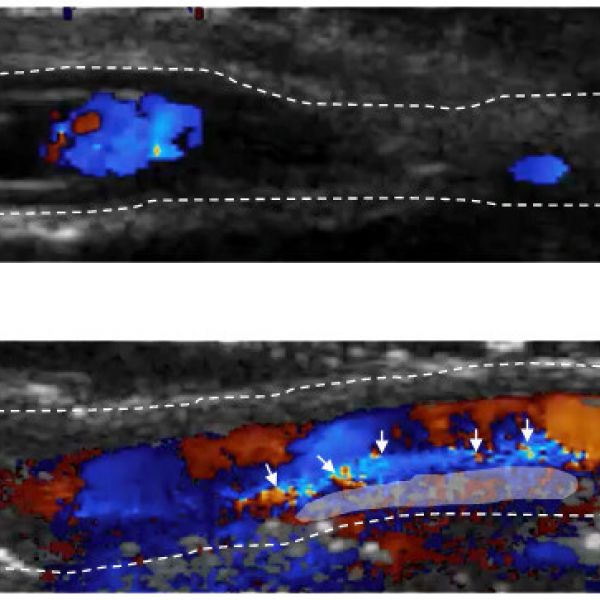
Jul 15, 2021
Engineers find imaging technique could become treatment for deep vein thrombosis
Penn State College of Engineering researchers set out to develop technology capable of localizing and imaging blood clots in deep veins. Turns out their work may not only identify blood clots, but it may also be able to treat them.
Full Article